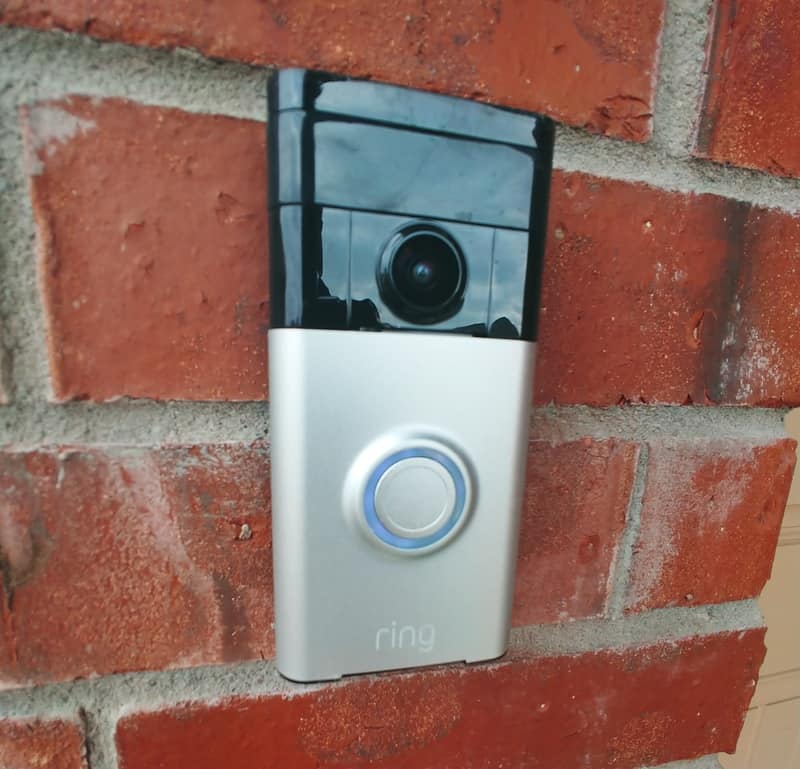Ring Doorbell is Giving too Many (Or Few) Motion Alerts
By Trae Jacobs,
When you buy through our links, we may earn an affiliate commission.
Ring Doorbell operates using motion sensors that trigger Motion Alerts anytime people, animals, or vehicles pass by your door. As someone who is already inundated with notifications on my phone, I wanted to know if I could decrease the number of Motion Alerts I received from my Ring Doorbell.
The amount of Ring Doorbell Motion Alerts received can be adjusted in the Ring app. Go to the “Smart Alert” tab in the Motion Settings section of the app. The sensitivity of a Ring Doorbell’s motion sensors can also be adjusted in the Ring app under the “Zones and Range” tab.
If you are a Ring Doorbell owner, you will want to know how to adjust all of the Motion Alert settings to get the exact amount of alerts you want.
Customizing Your Ring Doorbell Motion Alerts

There are two types of Motion Settings you can adjust that will change how often your Ring Doorbell alerts you to motion.
- Smart Alert settings
- Zones and Range settings
Smart Alert Settings
There are three options for the amount of Smart Alerts you can receive on your phone.
- Normal: Your doorbell will automatically be set to this option.
- Light: Select “Light” to receive fewer alerts. This setting is useful if your doorbell is facing a high-traffic area with a lot of potentials to receive unnecessary alerts such as when cars pass by or children are playing outside. If your doorbell uses a rechargeable battery, this option will help conserve your battery life.
- Frequent: Select “Frequent” to receive more alerts. Use this setting if your doorbell is in a low-traffic area and you want the most security coverage possible. Ring recommends only using this setting if your doorbell is hardwired because it uses a lot of battery power.
Zones and Range Settings
The original Ring Doorbell and Ring Doorbell 2 have selectable motion zones with customizable sensitivity. Let me break down what that means for you.
You can deselect areas in front of your doorbell that receives a lot of traffic. For example, if there is a busy street in the far right corner of your doorbell’s view, simply deselect that zone to avoid receiving alerts every time a car drives by. Large shrubs and trees can also trigger motion alerts when it’s windy.
You can adjust the range that a zone reaches up to approximately 30 feet using the range slider.
The best way to get exactly the right amount of coverage you want from your Ring Doorbell is to experiment with different Zones and Ranges settings until you receive the number of Motion Alerts you want. I truly love this customizability from Ring!
The Ring Doorbell Pro and Elite provide even more customization. You can create your own Motion Zones of various shapes and labels. Additionally, the range slider has a “People Only” option to receive alerts only when the motion comes from human shapes.
How long can the Ring doorbell record? Click here to learn more.
Taking a Break from Motion Alerts
The Ring app gives you the ability to turn off all Motion Alerts temporarily. To manually disable the alerts, turn off all Motion Zones and move the range slider to the lowest point.
To set Motion Alerts to turn on and off at scheduled times, go to Motion Schedule under Motion Settings. Select the days and times when you do not want to receive any Motion Alerts.
Keep in mind that when Motion Alerts are disabled, your doorbell will not automatically record any video and will not notify you that someone came to your door unless they ring the doorbell.
Delayed Alerts
If you are receiving the right amount of alerts, but they are delayed, this can also be an issue. A delay of even a few seconds may cause you to miss seeing the face of a person who came to your door or for a guest to have to wait longer than necessary for you to let them in.
Here are some tips to minimize delay in receiving Motion Alerts:
- In the Zones and Range section of the Ring app, extend the range of your Motion Zones to at least 15 feet. Test out longer ranges until there is no delay.
- If there are stairs leading up to your door, try angling your doorbell slightly downward to pick up the motion before it reaches the top step. To do this, place washers behind the top screws of your Ring Doorbell mount. Test the angle by walking up your front steps to see if you receive a motion alert with the desired timeliness. Add more washers to increase the angle.

